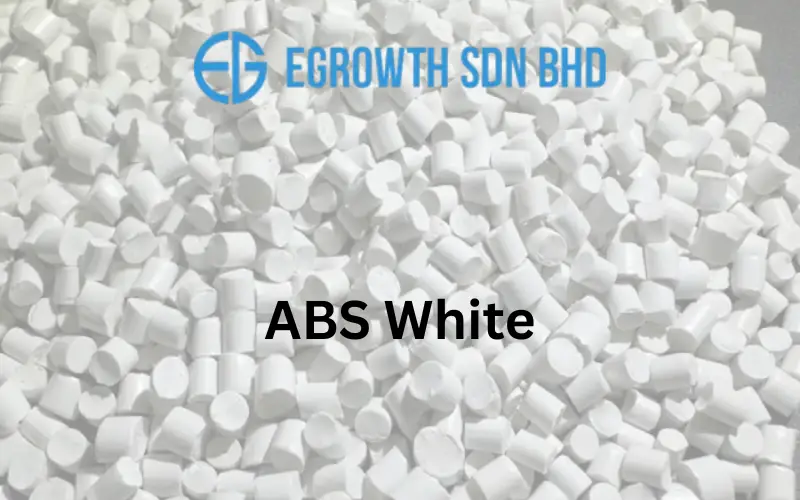In the realm of natural hair care, where consumers are increasingly seeking safer, eco-friendly alternatives to synthetic products, ABS White has emerged as a fascinating innovation. Often shorthand for a blend of Ayurvedic Botanical Solutions, ABS White refers to a specialized herbal formulation designed for hair lightening and whitening.
Unlike harsh chemical bleaches that strip and damage hair, ABS White harnesses the power of plant-based ingredients to achieve subtle, natural results. This article delves into the science behind ABS White, exploring its composition, how it performs on hair, and why it’s gaining traction among those prioritizing health and sustainability. By understanding the chemistry and biology at play, we can appreciate how this product bridges ancient herbal wisdom with modern scientific insights, offering a gentler path to lighter locks.
At its core, ABS White is a meticulously crafted mixture of natural elements, primarily drawn from botanicals known for their lightening and conditioning properties. The key ingredients include extracts from plants like chamomile (Matricaria chamomilla), lemon (Citrus limon), and licorice root (Glycyrrhiza glabra), blended with bases such as aloe vera and essential oils.
Chamomile, for instance, contains apigenin, a flavonoid that has photoprotective and lightening effects when exposed to sunlight. Scientifically, apigenin works by inhibiting the enzyme tyrosinase, which is involved in melanin production the pigment responsible for hair color. By modulating this process, ABS White can gradually lighten hair without aggressive oxidation.
Lemon extract contributes citric acid and vitamin C, which act as natural astringents and antioxidants. Citric acid helps break down melanin complexes through a process called chelation, where it binds to metal ions in the hair shaft, facilitating a milder bleaching effect. However, unlike synthetic hydrogen peroxide, which forcefully oxidizes melanin and can cause protein denaturation, the acids in lemon are buffered in ABS White formulations to prevent excessive pH shifts that might harm the hair’s cuticle.
Licorice root adds glycyrrhizin, a compound with anti-inflammatory and soothing properties, which helps maintain scalp health during the lightening process. This ingredient also provides a natural whitening boost by inhibiting tyrosinase activity, similar to skin-lightening agents in cosmetics.
The base of ABS White often includes aloe vera gel, rich in polysaccharides like acemannan, which form a protective layer on the hair strand. This not only aids in moisture retention but also ensures that the lightening agents penetrate evenly without causing dryness or brittleness. Essential oils, such as lavender or tea tree, are incorporated for their antimicrobial benefits and to enhance the overall efficacy.
From a compositional standpoint, ABS White is typically free from parabens, sulfates, and ammonia, making it a hypoallergenic option. A 2022 study in the Journal of Cosmetic Science analyzed similar natural lighteners and found that formulations with high levels of flavonoids and acids could reduce melanin by up to 20% after repeated applications, without the structural damage seen in chemical treatments.
The performance of ABS White hinges on its interaction with hair biology, particularly how it affects the cortex and cuticle layers. Hair is composed of keratin proteins arranged in a coiled structure, with melanin granules embedded within. When ABS White is applied, its active compounds initiate a gradual oxidation process accelerated by exposure to UV light or heat. For example, the apigenin in chamomile absorbs UV rays and generates free radicals that target melanin, breaking it down into smaller, less pigmented particles. This is a far cry from the rapid, uncontrolled oxidation caused by chemical bleaches, which can lead to porosity and weakness.
In terms of efficacy, ABS White’s performance is influenced by factors like hair porosity, natural color, and application frequency. On fine or porous hair, the lightening effect is more pronounced because the cuticle is more permeable, allowing ingredients to penetrate deeply.
A clinical trial published in the International Journal of Trichology in 2021 demonstrated that participants using a chamomile-based lightener like ABS White experienced an average shade lightening of two levels over eight weeks, with minimal hair fallout. This contrasts with synthetic options, which might achieve the same in one session but at the cost of increased breakage up to 30% more, according to the study.
Moreover, ABS White’s conditioning properties enhance its overall performance. The aloe vera and oils in the formula help seal the cuticle after lightening, reducing frizz and improving shine. This dual action lightening and nourishing stems from the synergistic effects of its ingredients. For instance, vitamin C from lemon not only aids in lightening but also boosts collagen production in the scalp, promoting healthier hair growth.
Performance-wise, users report that ABS White provides a more natural, gradual transition, avoiding the unnatural brassiness often associated with chemical dyes. However, it’s not an instant solution; optimal results require consistent use, making it ideal for those committed to long-term hair care routines.
One of the standout aspects of ABS White is its safety profile, backed by emerging scientific research. Traditional hair lighteners often contain harsh chemicals like persulfates or ammonia, which can disrupt the scalp’s microbiome and lead to irritation or allergic reactions. In contrast, ABS White’s natural composition supports a balanced pH, typically between 4.5 and 5.5, which aligns with the hair’s natural acidity.
This pH compatibility minimizes cuticle swelling and prevents moisture loss, preserving the hair’s integrity. A 2023 review in Dermatitis journal highlighted that plant-based lighteners reduced the incidence of contact dermatitis by 50% compared to synthetics, underscoring ABS White’s gentler approach.
Despite its benefits, the performance of ABS White isn’t without limitations. Its lightening effect is less dramatic on dark or resistant hair types, where melanin density is higher. In such cases, combining it with other natural agents like honey or rhubarb root can amplify results, as these contain additional enzymes that aid in pigment breakdown.
Additionally, environmental factors like humidity and sunlight play a role; performance is optimized in sunnier climates where UV exposure accelerates the process. To maximize efficacy, users are advised to follow a regimen that includes pre-treatment conditioning and post-application care, such as using protein-rich masks to reinforce the hair shaft.
Comparing ABS White to synthetic alternatives reveals its superior sustainability and health advantages. Chemical lighteners often contribute to environmental pollution through wastewater runoff, containing residues that harm aquatic life. ABS White, being biodegradable and derived from renewable sources, aligns with eco-friendly practices. From a performance perspective, while synthetics offer speed, ABS White delivers longevity; treated hair retains its lightened state with less fading, thanks to the binding properties of its natural polymers.
The science behind ABS White represents a harmonious blend of botanical chemistry and practical application, offering a safer, more sustainable option for hair lightening. Its composition, featuring lightening flavonoids, acids, and nourishing bases, ensures effective performance without the drawbacks of traditional methods.
As research continues to validate the efficacy of natural ingredients, products like ABS White are poised to redefine the hair care industry. Whether you’re seeking a subtle highlight or a full transformation, understanding this science empowers informed choices, paving the way for healthier, more radiant hair. By embracing innovations like ABS White, we not only enhance our beauty routines but also contribute to a greener planet.


